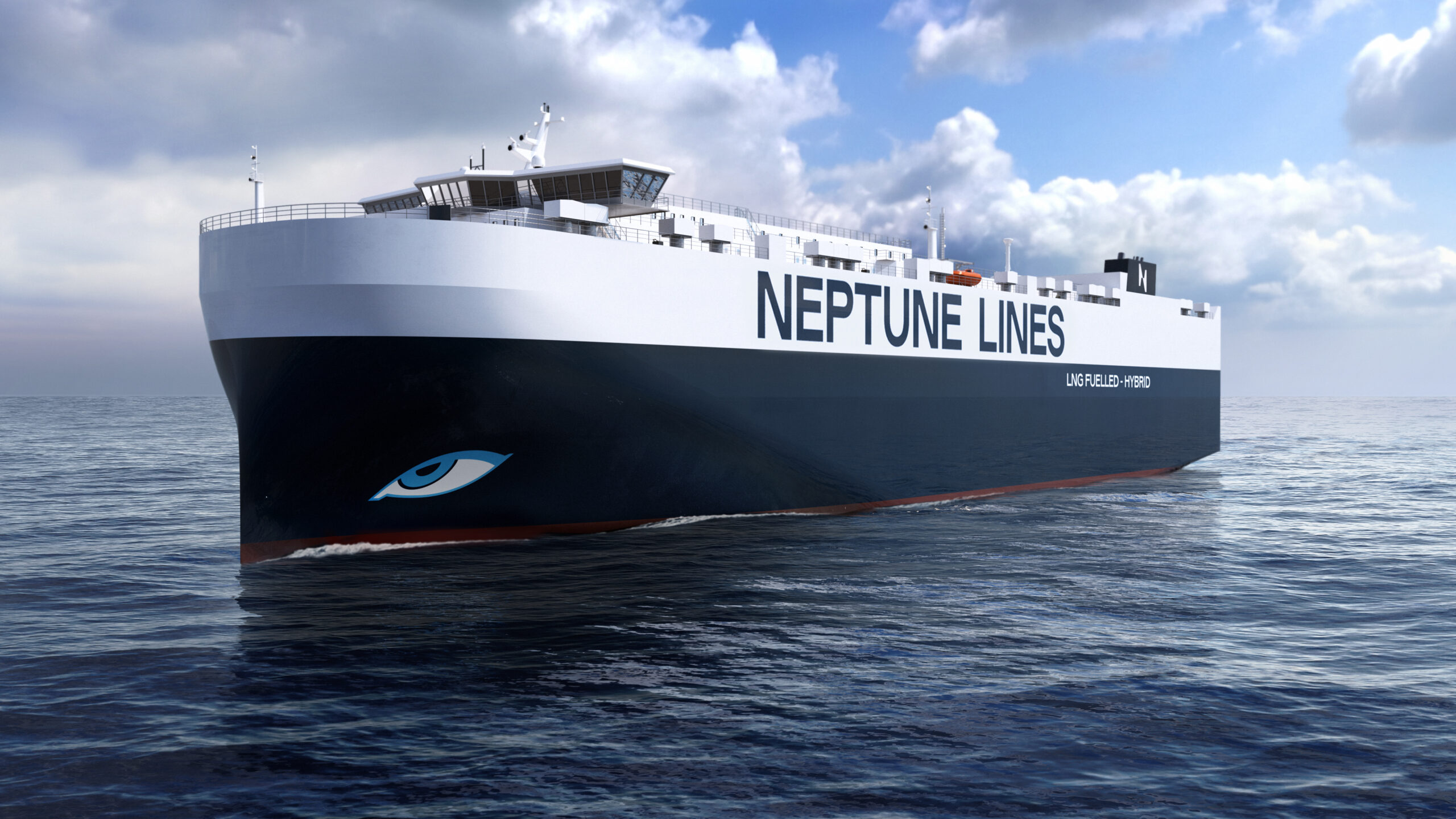By Matt Tremblay, Vice President, Containerships, ABS
A Joint Development Project with SDARI is helping owners and operators make informed decisions for their specific circumstances, writes Matt Tremblay, Vice President, Containerships, ABS.
Today’s shipping marketplace is challenged by changing environmental standards, unpredictable energy prices, and volatile freight rates. The increasing pace of new technologies also complicates operations, often leaving stakeholders with more questions than answers.
To help clients find the right answers for their unique needs, ABS has developed a suite of cutting-edge tools for developing assets that will safely and efficiently operate through the current market trends and throughout the asset’s service life. Relying on the latest modelling, forecasting, and data analysis techniques, ABS performance, efficiency, and environmental solutions help clients develop truly sustainable ships of the future. To validate the innovative services around performance, efficiency, and environmental solutions, ABS initiated a Joint Development Project with Shanghai Merchant Ship Design & Research Institute (SDARI).
The design objective was to achieve operational efficiency, maximum flexibility, safety, and environmental stewardship using a suite of ABS services to evaluate technical and design options for a new generation of feeder container carriers. The design itself is meant to assist in establishing future “hub and spoke” trading patterns in support of the expanding use of Ultra Large Containerships.
ABS used a proprietary evaluation system to analyse global trading patterns and operational profiles of more than 2,200 container ships worldwide to understand operational parameters for the vessels, allowing specific speed, draft, and operational metrics to be taken into account for the Computational Fluid Dynamic hull form optimisation. Using the operational profile, ABS tested a number of design parameters and concepts using tools such as techno-economic modelling and hydrodynamic evaluation to consider deckhouse placement, container stowage arrangement, conventional vs non-conventional hull forms with a minimum water ballast, and freight rate sensitivity to lifecycle costs including both new building and operational costs. The designer used these performance evaluations to support their decision making to enhance the design efficiency.
The final stage of the process is the implementation of environmental regulation readiness solutions, with a particular focus on a full lifecycle approach to enable cost-effective implementation. This includes applying the requirements in place for “LNG Ready” and “SOx Scrubber Ready” designations developed by ABS. Additional techno-economic analysis was performed to minimise future impact and determine at what point conversion would be advisable under multiple market and regulatory scenarios.
For SDARI and future owners, ABS provided a series of evaluations and analyses that will enhance safety, efficiency, and environmental performance. Identifying specific real-world operational profiles drove an enhanced optimisation process, leading to a significant improvement in hull efficiency and fuel consumption performance. The project also provided a road map for future technical and regulatory decisions, ideally “futureproofing” the asset, optimising initial design decisions to minimise long-term cost, down time for conversions, and potential safety issues.
For the shipping industry, the cutting-edge services provided by ABS in the areas of efficiency, performance, and environmental solutions can provide a sense of clarity around long-term decision-making during short-term uncertainty. Using its suite of proprietary tools and techniques, ABS is helping owners and operators make informed decisions for their unique circumstances.
Ship Efficiency Review News
To contact the reporter responsible for this article, please email editor@fathom-mi.com

































